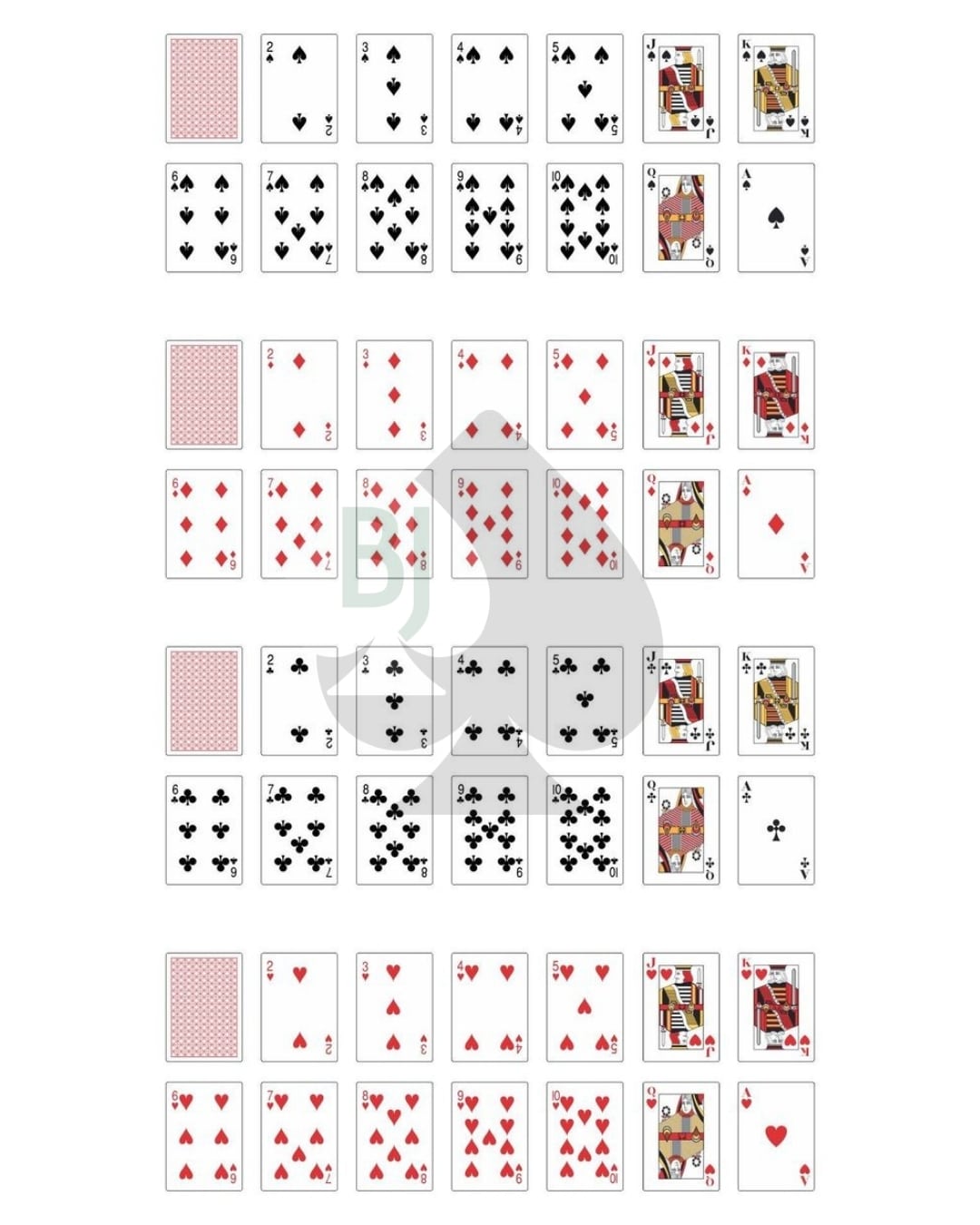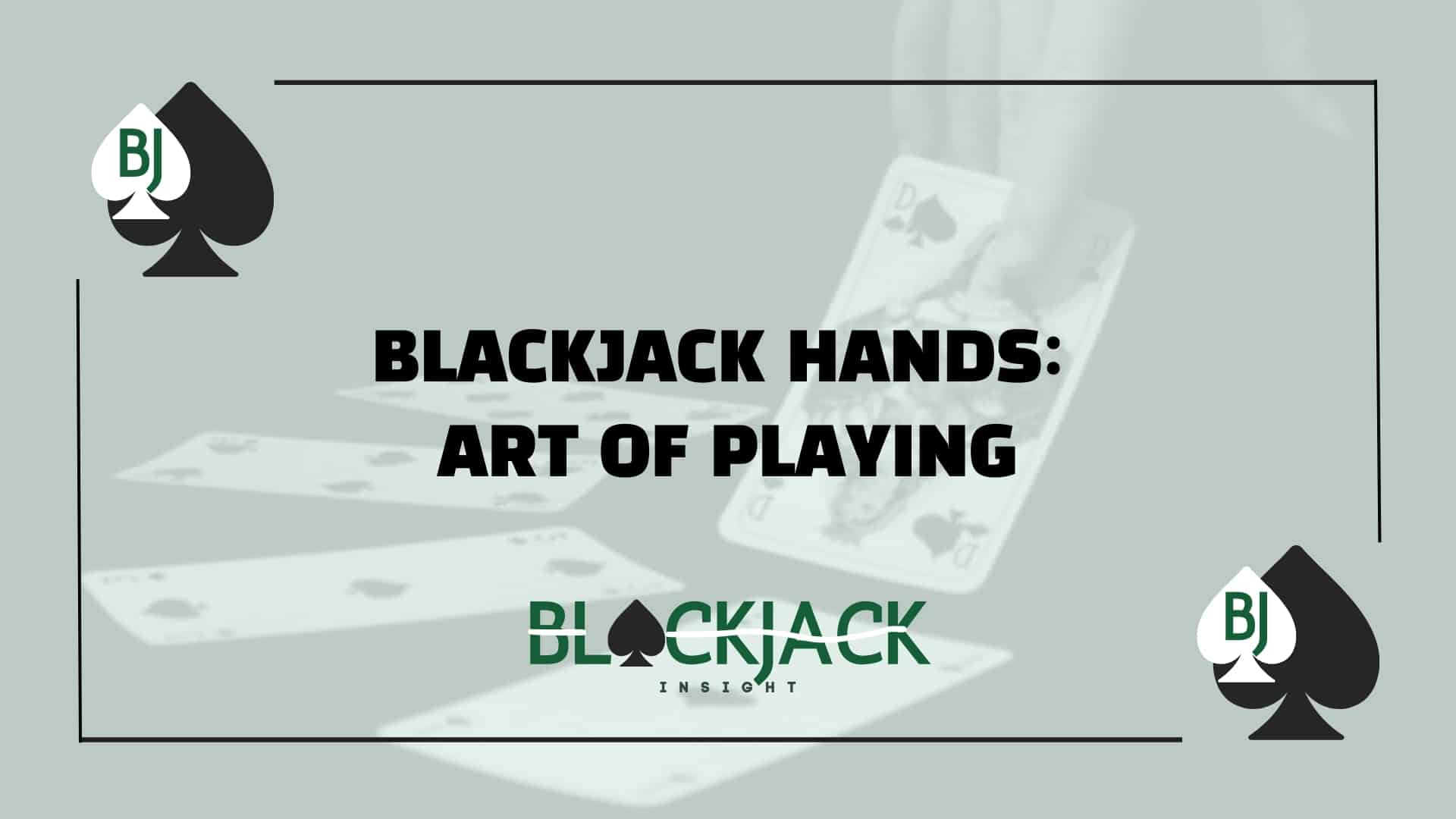Blackjack Hands: The Real Art of Playing the Cards
Table Of Content
Blackjack hands are the combinations of cards dealt to players and the dealer in a game of blackjack. Each hand starts with two cards, and the goal is to reach a total value as close to 21 as possible without going over. There are two main types: hard hands (no usable Ace) and soft hands (with an Ace valued as 11). The best possible hand is a natural blackjack—an Ace with a 10 or face card. Common tough hands include totals like 16 vs. a dealer’s 10. Understanding blackjack hands is essential for strategy, odds, and maximizing your chances of winning.
If you’ve ever sat down at a blackjack table and felt a little overwhelmed—don’t worry, you’re not alone. Everyone starts out confused about blackjack hands at some point. I remember my first time clearly. I had a King and a 6, and the dealer had a 10. I stood. The dealer flipped a 5 and then a 6. Boom—21. I just stared like, “Wait… what just happened?”
That was my crash course into how blackjack hands work. And it’s a game of moments like that—tiny decisions that seem small at first but add up over time.
So if you’re here to learn, you’re in the right place. This guide is all about understanding blackjack hands, from the best and worst to how they play out over time. Let’s break it all down.
What Are Blackjack Hands?

Before you worry about strategy, odds, or dealer tricks, you’ve got to understand the foundation of the game: the hands themselves.
A blackjack hand is made up of two or more cards, starting with the two cards you’re dealt at the beginning of a round. Your job? Get as close to 21 as possible without going over.
Types of Blackjack Hands
Now, there are a few types of hands that come into play here.
Hard Hands vs Soft Hands
- Hard hand: A hand that doesn’t include an Ace or includes an Ace that only counts as 1. (Example: 10 + 6 = hard 16)
- Soft hand: A hand with an Ace that can count as 11 without busting. (Example: Ace + 6 = soft 17)
Why does this matter? Because soft hands give you flexibility. You can hit without the risk of busting right away. Hard hands? More dangerous territory.
Natural Blackjack (The Best Hand in Blackjack)
Let’s start at the top: the best hand in blackjack is an Ace + 10 (or any face card) dealt right away. That’s called a natural blackjack.
It usually pays 3:2, which means if you bet $10, you win $15. Not bad for two cards, right?
A natural also means you automatically win unless the dealer also has one—then it’s a push (a tie). No one wins or loses.
The Worst Hand in Blackjack (Yeah, There’s a Few)
Ask any player, and they’ll probably say the worst hand in blackjack is a 16 against a dealer’s 10. It’s a lose-lose kind of situation. If you hit, you might bust. If you stand, the dealer will likely beat you anyway.
Other ugly hands:
- 12 vs 2
- 13 vs 10
- A pair of 8s (yes, you should split them… but ouch)
These hands test your patience and your discipline. Stick to basic strategy, and don’t let emotion drive the move.
Odds of Winning a Blackjack Hand
Let’s talk numbers. Most players ask me, “What are the actual blackjack odds of winning a hand?”
Here’s a quick breakdown:
- Player wins: ~42–44%
- Dealer wins: ~48%
- Push (tie): ~8–10%
If you use the perfect basic strategy, you can reduce the house edge to under 1%. That means over time, you’ll lose less and win more often than the average player who’s winging it.
Multi-Hand Blackjack: Playing More Than One
Multi-hand blackjack is just what it sounds like—you play two or more hands at once against the dealer. It speeds up the action, and some players love the extra control.
Things to keep in mind:
- You’ll need a bigger bankroll. You’re betting more per round.
- Decisions happen fast, so make sure you’re confident with your strategy.
- It can help balance cold streaks—one hand might lose, but the other wins.
It’s fun, but not for total beginners. Master one hand first.
How Many Blackjack Hands Per Hour?
This depends on where and how you’re playing.
- Live table with full players: 50–60 hands/hour
- Short-handed live game: 80–100 hands/hour
- Online (solo): 200+ hands/hour
Why does this matter? The more blackjack hands you play, the faster your bankroll moves. More hands = more variance = more risk/reward.
If you’re trying to stretch your budget, slower is better.
Odds of Losing 5 Blackjack Hands in a Row
Yes, it happens. Yes, it stings.
The odds of losing 5 blackjack hands in a row are roughly 3% to 5%, depending on how you play.
It’s not common, but it’s not rare either. I’ve had streaks where I lost six or seven in a row—and others where I won eight straight. It’s part of the game.
The takeaway? Don’t chase losses. Stick to your plan and manage your bankroll. See you at the table—and may your next hand be a natural 21.
FAQs
1. How many blackjack hands can you lose in a row?
There’s no fixed number—it’s pure probability. You could lose 3, 5, or 10 in a row depending on the variance. That’s why proper bankroll management is key.
2. Which starting hands are considered strong or weak?
-
Strong hands: Totals of 19 or 20, or a soft total that can potentially become 19 or 20 with an additional card.
-
Weak hands: Totals of 12–16 (also known as stiff hands), which pose a risk of busting if you take another card.
3. Can you win blackjack hands consistently?
Yes, with basic strategy and good decision-making, you can win more than you lose in many sessions. But remember: even skilled players lose sometimes.
4. Can you get the same blackjack hand twice in a row?
Yes, it’s possible—especially in multi-deck games or online, where the cards are reshuffled after each hand. Random doesn’t mean unlikely.



